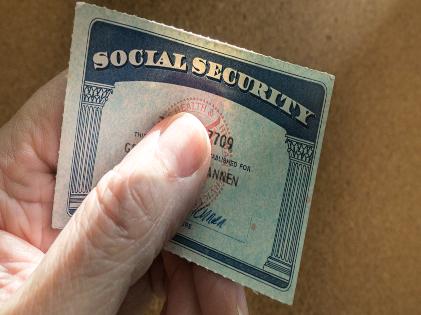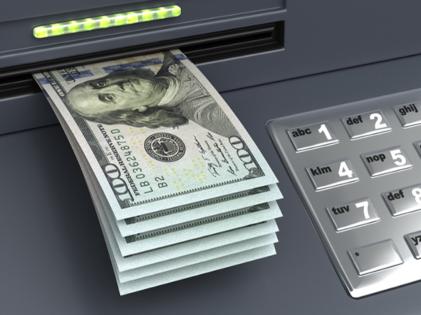The world has become a hard place to live for all investors. There has been increased uncertainty in terms of stocks and bonds. Interest rates and inflation has risen. Economic uncertainty has immensely increased because of the Russian invasion of Ukraine and the never-ending pandemic. However, those who have already retired or are nearing retirement are in particular situations.
 Professionals who study risk management are struggling to figure out how things will unravel. Christine Benz, director of personal finance and retirement planning for Morningstar, says that the situation is somewhat like a Rubik’s cube regarding risk factors. In the light of the current situation and challenges that come with it, the International Monetary Fund has reduced its forecast for global economic growth this week, anticipating it to slow down from about 6% in 2021 to around 3.6% in 2022 or 2023.
Professionals who study risk management are struggling to figure out how things will unravel. Christine Benz, director of personal finance and retirement planning for Morningstar, says that the situation is somewhat like a Rubik’s cube regarding risk factors. In the light of the current situation and challenges that come with it, the International Monetary Fund has reduced its forecast for global economic growth this week, anticipating it to slow down from about 6% in 2021 to around 3.6% in 2022 or 2023.
According to Roger G. Ibbotson, who has studied long-term stock and bond returns for decades, the volatility that surrounds today is the perfect example for investors to re-evaluate the risks. He elaborates this by saying that things are now being re-evaluated regarding how to charge everything or where Europe stands in terms of risk. It is the wrong time for them and the markets to react accordingly.
Conventionally, to reduce risk, investors move out from stocks to bonds. However, with rising inflation and interest rates weighing them down, pushing bonds down, if the investors handle this using the traditional method, it can be a problem.
It is given that with investment comes significant risk. However, as the older investors look forward, how should they view risk in the present time? Here are some tips from the experts who gave some approaches considering the current market.
Look at the downside.
When dealing with a rough market, Ms. Benz advises retirees to have a spreadsheet of the living expenses they would draft from their portfolios. Preferably, retirees should keep aside a year or two of portfolio withdrawals within hand reach to prevent selling long-term investments at the wrong time. To know how much cushion you have and how long you can go through the downturn, check your liquid and almost-liquid reserves.
Wait for Social Security
 According to William Reichstein, head of research at Social Security Solutions in Overland Park, procrastinating accepting social security benefits is a constructive strategy in choppy markets. In the last few years, the number of people accepting rewards in their early 60s has declined to around one-fourth of the eligible 62-year-olds in 2019.
According to William Reichstein, head of research at Social Security Solutions in Overland Park, procrastinating accepting social security benefits is a constructive strategy in choppy markets. In the last few years, the number of people accepting rewards in their early 60s has declined to around one-fourth of the eligible 62-year-olds in 2019.
As per Reichstein’s calculations, supposing a healthy retiree with an average life span, putting-off benefits creates an 8% return every year they hold back.
Look for flexible withdrawal rates.

A market situation like that of a bull and bush market can significantly impact the overall portfolio health, particularly if you are retired and not adding to your savings. The analysis conducted by Baltimore-based investment firm T. Rowe Price says that people who retired in the 1970s during high periods of inflation were too able to recover as they began with a 4% withdrawal rate adjusted for inflation. Mr. Young advises applying the 4% rules to understand if you are ready to retire now or later.
Mr. Young also alerts against stressing too much about trying to get to the 1005 probability of success from online retirement calculators. A more practical approach would be creating flexibility with the concept that as you move closer to retirement, you can adjust accordingly by either saving more or spending less.
Survey Debt
This is the perfect time to reassess your debt. As Ms. Benz suggests, if someone is thinking of holding in more safe investments and paying down the mortgage, do both.
Ross Levin, the founder of Accredited Investors Wealth Management, believes that many investors struggle to differentiate between risk tolerance and risk capacity and take on more risk than they should when the markets are increasing and withdraw when they are falling. Thus, reducing debt from credit cards, mortgages, etc., is the best way to minimize risk.





